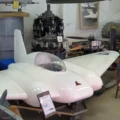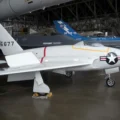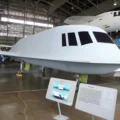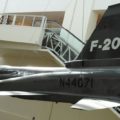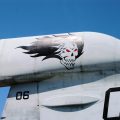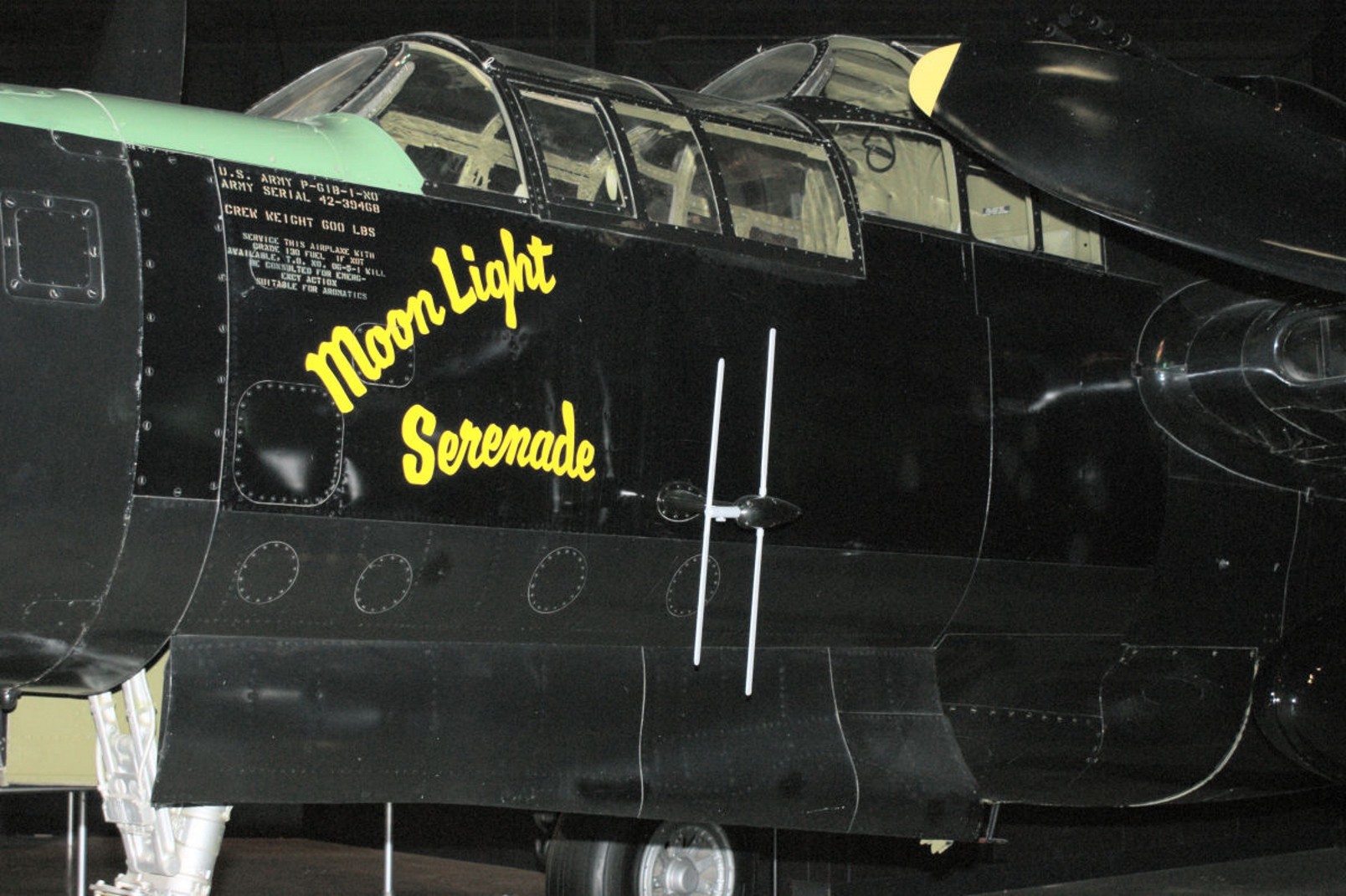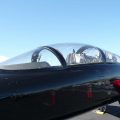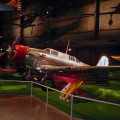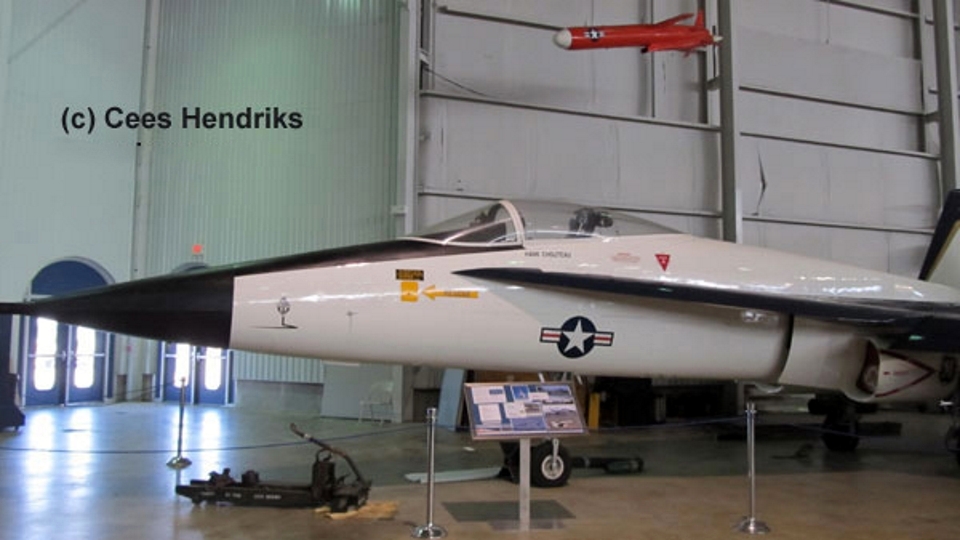
Northrop YF-17 Cobra | |
|---|---|
| Kraju | Stany Zjednoczone Ameryki |
| Roli | Prototypowy samolot myśliwski |
| Pierwszy lot | 9 czerwca 1974 r. |
| Zbudowany | 2 |
Tthe Northrop YF-17 (przydomek "Cobra") był prototyp lekki samolot myśliwski przeznaczony dla Sił Powietrznych Stanów Zjednoczonych Lightweight Fighter (LWF) program oceny technologii. LWF został zainicjowany, ponieważ wielu w społeczności myśliwców uważało, że samoloty takie jak F-15 Eagle były zbyt duże i drogie dla wielu ról bojowych. YF-17 był zwieńczeniem długiej linii projektów Northrop, począwszy od N-102 Fang w 1956 roku, kontynuując przez rodzinę F-5.
| Northrop YF-17 Cobra Walk Around | |
|---|---|
| Fotografów | Cees Hendriks |
| Lokalizacja | Niewiedzy |
| Zdjęcia | 81 |
| Northrop YF-17 Cobra Walk Around | |
|---|---|
| Fotografów | Władimir Yakubov |
| Lokalizacja | Zachodnie Muzeum Lotu, Torrance |
| Zdjęcia | 153 |
Zobacz też:
Tthe Northrop YF-17 Kobra był prototypem samolotu myśliwskiego opracowanym przez Northrop Corporation w latach 70. XX wieku. Był jednym z pretendentów w programie Lightweight Fighter (LWF), który miał na celu wyprodukowanie mniejszej i tańszej alternatywy dla F-15 Eagle. YF-17 przegrał konkurencję z General Dynamics YF-16, ale później został rozwinięty w F/A-18 Hornet dla US Navy i Marine Corps.
YF-17 został zaprojektowany jako dwusilnikowy, jednomiejscowy, naddźwiękowy myśliwiec z wysoko zamontowanym skrzydłem i podwójnymi statecznikami ogonowymi. Miał kadłub półskorupowy z mieszanym kształtem skrzydła i korpusu, który zmniejszał opór i zwiększał siłę nośną. Skrzydło miało przedłużenia krawędzi natarcia, które poprawiały manewrowość i stabilność przy dużych kątach natarcia. Silniki zamontowano blisko kadłuba, aby zmniejszyć przekrój radarowy i sygnaturę w podczerwieni. Kokpit został wyposażony w wyświetlacz przezierny, wyświetlacz wielofunkcyjny oraz system hands-on-throttle-and-stick (HOTAS).
YF-17 był uzbrojony w działko M61 Vulcan kalibru 20 mm i cztery punkty pod skrzydłem do przenoszenia pocisków powietrze-powietrze, bomb lub zbiorników paliwa. Miał również dwie szyny na końcówkach skrzydeł dla pocisków Sidewinder. YF-17 osiągał prędkość maksymalną 2,0 Macha, promień bojowy 460 mil i pułap 50 000 stóp. Był napędzany dwoma silnikami turbowentylatorowymi General Electric YJ101, z których każdy wytwarzał 15 000 funtów ciągu.
YF-17 po raz pierwszy wzbił się w powietrze 9 czerwca 1974 roku, a testy w locie zakończył w 1976 roku. Wykazał lepsze osiągi i zwinność w porównaniu z YF-16 w niektórych aspektach, takich jak szybkość skrętu, przyspieszenie i kąt natarcia. Jednak YF-16 miał lepszy zasięg, ładowność i awionikę i był tańszy w produkcji. Siły Powietrzne Stanów Zjednoczonych wybrały YF-16 jako zwycięzcę programu LWF w styczniu 1975 roku.
YF-17 nie został jednak porzucony. Marynarka wojenna Stanów Zjednoczonych była zainteresowana przyjęciem nowego myśliwca, który miałby zastąpić starzejące się floty F-4 Phantom II i A-7 Corsair II. Marynarka Wojenna potrzebowała dwusilnikowego myśliwca o lepszej wytrzymałości i przydatności do lotniskowca niż YF-16. Northrop nawiązał współpracę z McDonnell Douglas do modyfikacji YF-17 do użytku morskiego. Powstały w ten sposób samolot został oznaczony jako F/A-18 Hornet, który wszedł do służby w 1983 roku i stał się jednym z najbardziej udanych myśliwców w historii.
Liczba wyświetleń : 2535



